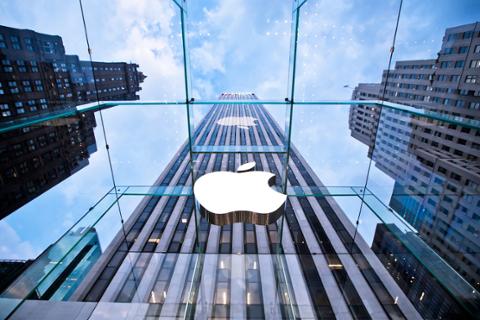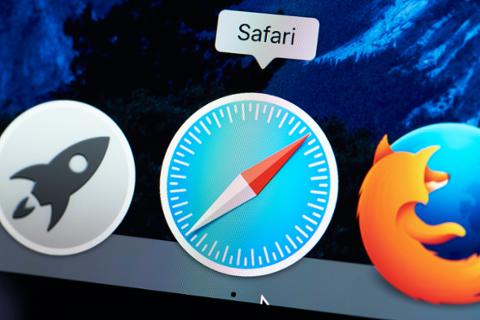Unlike many other tech firms, Apple is often quiet about its acquisitions, leaving pundits and analysts to speculate about why it spent the money on a particular company. Apple’s latest acquisition, Spaces, could give it more technology for its long-rumored augmented reality (AR) platform—or it could be used for something altogether different.
Spaces, which began life within DreamWorks Animation, specialized in “VR location-based entertainment attractions” (in its words), or dedicated spaces in which groups of participants could have a shared VR experience. For example, an amusement park might have a Spaces-powered, pirate-themed VR experience that allows guests (all wearing Oculus headsets) to fight aboard a virtual warship.
When COVID-19 forced the shutdown of most communal spaces, Spaces pivoted into VR for videoconferencing. Using its technology, people could create an animated avatar that could attend virtual events and meetings.
Spaces isn’t Apple’s first AR or VR acquisition; it’s made a number of such buys over the past few years, and the assumption is that all those assets will end up incorporated into an AR headset that (if rumors are true) will hit the market in the next year or two. AR represents a lucrative but potentially risky arena for Apple; although phone-based AR has yielded some commercial hits (remember “Pokemon Go”?), early attempts at an AR headset haven’t generated much interest—the buzzy AR startup Magic Leap, for instance, is struggling to find an acquirer amidst significant layoffs.
Earlier this year, “Apple leaker” Jon Prosser predicted (based on his sources) that the so-called “Apple Glass” headset will wirelessly tether to the user’s iPhone, relying on the latter’s processing power to deliver AR experiences. Prosser also suggested the headset’s frames will have a LIDAR scanner in the right temple, which will use laser light to detect the user’s environment. Given how it’s Apple, the eventual hardware may be lighter and sleeker than the AR hardware produced by Magic Leap or Microsoft (which is marketing its HoloLens to developers and companies).
Acquired technology aside, any Apple AR project will need developer buy-in. On the games front, it seems there’s quite a bit of interest in AR; the 2020 edition of the Game Developer Conference’s annual survey (which gathers responses from roughly 4,000 game developers) found that 32 percent of game developers think that AR will be the dominant “immersive reality” technology in five years.
But Apple will also need to draw in the software builders from other segments, including office and enterprise AR apps. That could be where acquisitions such as Spaces factor in; if Apple lays the foundations for, say, AR-based conferencing and apps (complete with virtual avatars), it could pull in those developers. And of course, that’s unless Apple bought Spaces for another, unrelated reason entirely, such as keeping it out of a competitor’s hands.



